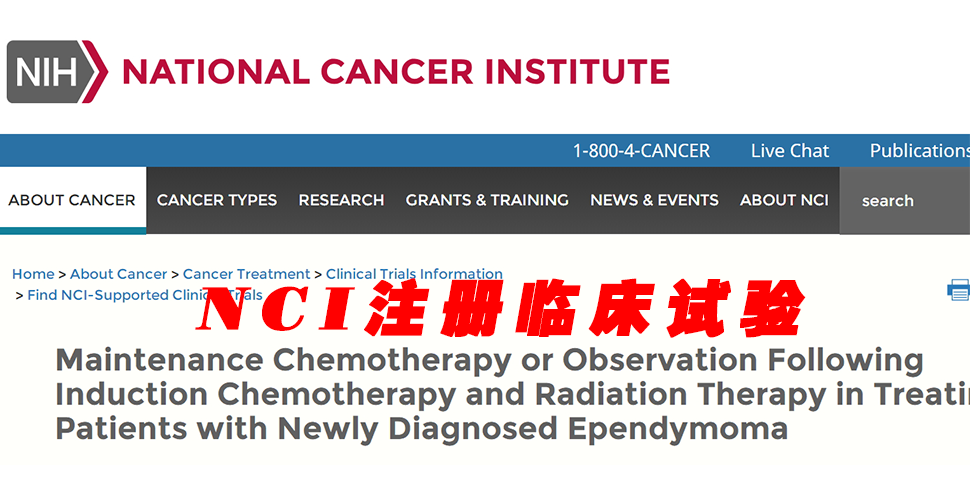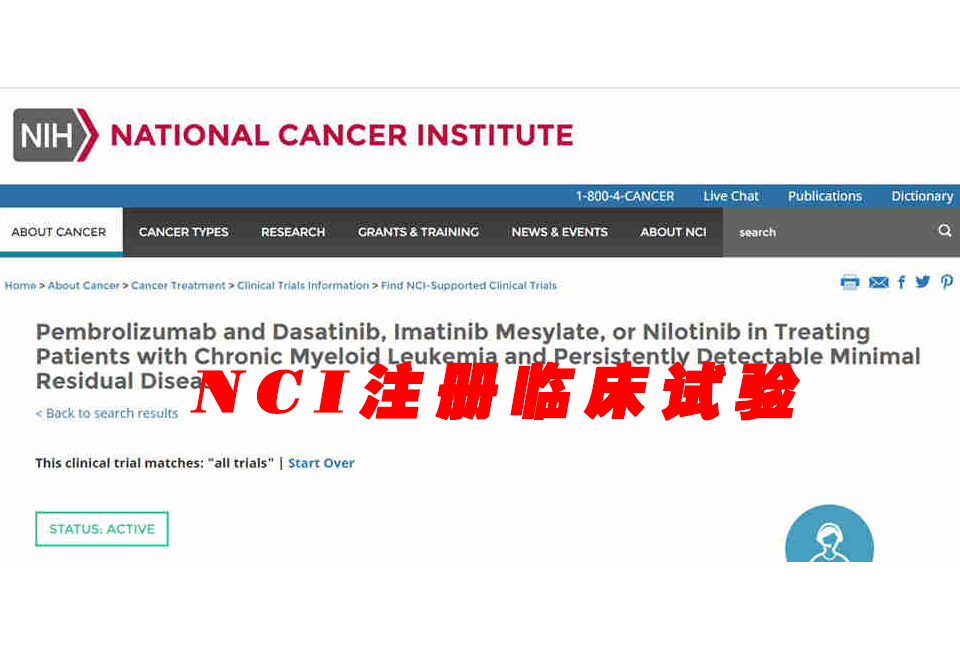- 如有疑问,请联系电邮
- customer@ihealth66.com
最新临床试验:新诊断室管膜瘤患者接受诱导化疗及放疗后采用持续化疗或观察的对比

USNEWS:9种能让你头脑清醒或防止老年痴呆症的食物
2019年7月19日
USNEWS:类风湿关节炎的并发症是什么?
2019年7月24日这是经美国国家癌症研究所批准的一项多中心随机对照 III期临床试验,目的是研究新诊断室管膜瘤年轻患者接受诱导化疗和放疗后,采用维持化疗或临床观察的效果对比。化疗中使用的药物,如硫酸长春新碱、卡铂、环磷酰胺、依托泊苷和顺铂,通过杀死肿瘤细胞、阻止肿瘤细胞分裂或阻止肿瘤细胞扩散,以不同的方式抑制肿瘤细胞的生长。使用一种以上的药物(联合化疗)可能杀死更多的肿瘤细胞。放射疗法使用高能x射线杀死肿瘤细胞。专门的放射治疗,提供高剂量的辐射直接对准肿瘤可能杀死更多的肿瘤细胞,造成较少的正常组织损伤。用放射疗法联合化疗可能会杀死更多的肿瘤细胞,使医生能够挽救癌症首发的身体部位。
该临床试验在全美163家医院进行开展。
This partially randomized phase III trial is studying maintenance chemotherapy to see how well it works compared to observation following induction chemotherapy and radiation therapy in treating young patients with newly diagnosed ependymoma. Drugs used in chemotherapy, such as vincristine sulfate, carboplatin, cyclophosphamide, etoposide, and cisplatin, work in different ways to stop the growth of tumor cells, either by killing the cells, by stopping them from dividing, or by stopping them from spreading. Giving more than one drug (combination chemotherapy) may kill more tumor cells. Radiation therapy uses high-energy x-rays to kill tumor cells. Specialized radiation therapy that delivers a high dose of radiation directly to the tumor may kill more tumor cells and cause less damage to normal tissue. Giving chemotherapy with radiation therapy may kill more tumor cells and allow doctors to save the part of the body where the cancer started.
Trial IDs
Secondary IDs NCI-2011-02029, COG-ACNS0831, CDR0000668560, 10-01676
Clinicaltrials.gov ID NCT01096368
Age: 13 months to 20 years
Gender: Male or Female
Location: 163 locations





